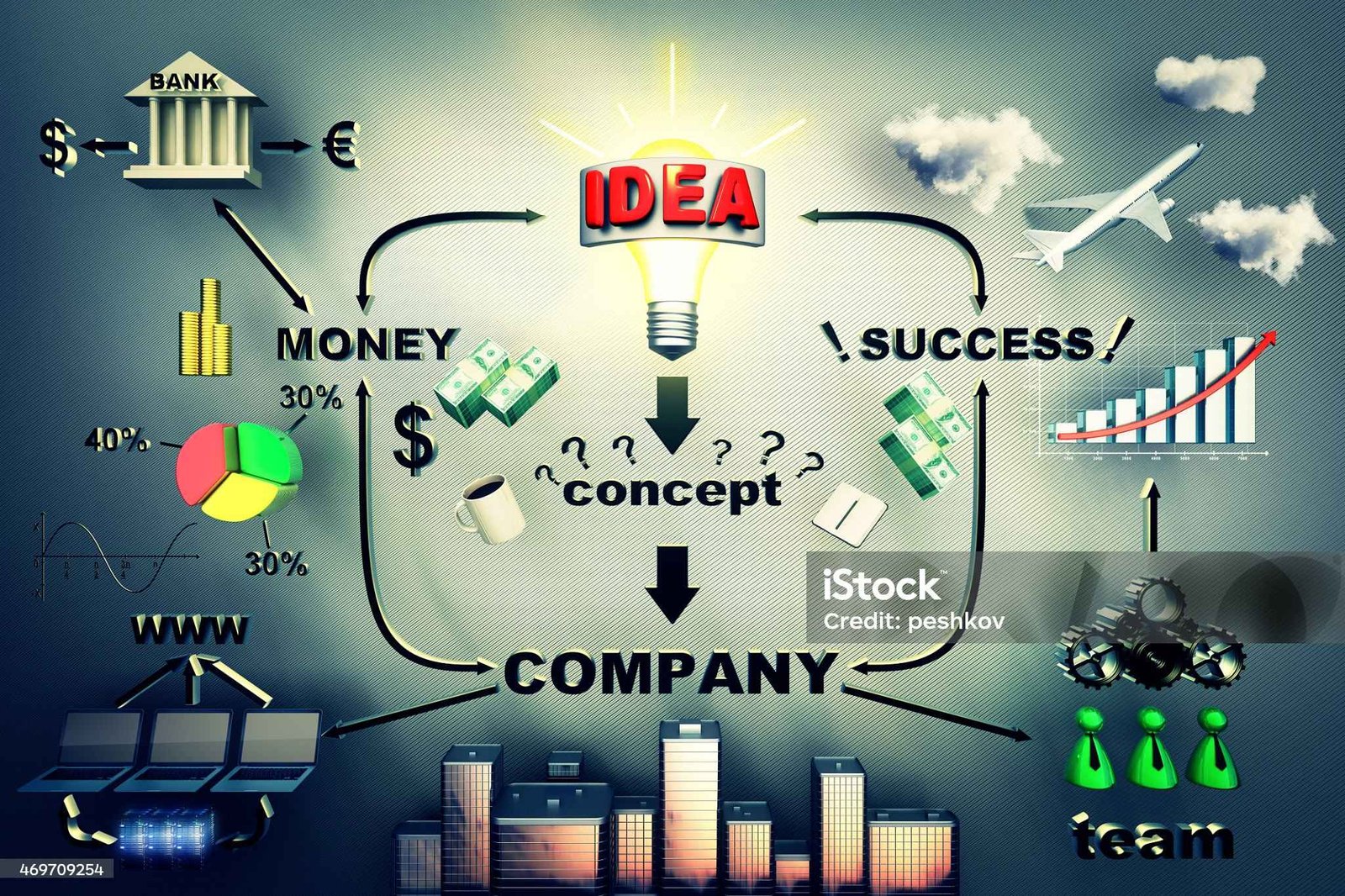In today of dynamic workplace environment and the traditional hierarchical structure is gradually giving way to a more collaborative & inclusive approach. This shift is partly fueled by the advancement of information technology and which plays a pivotal role in breaking down barriers between employees & upper management. By leveraging various digital tools and platforms and organizations can facilitate better communication and foster transparency, and ultimately bring employees closer to upper management. In this comprehensive guide and we’ll delve into the ways in which IT bridges the gap between employees and upper management, enhancing organizational culture, efficiency, and productivity.
1. Virtual Communication Platforms:
With the rise of remote work & geographically dispersed teams and virtual communication platforms have become indispensable tools for fostering collaboration & connectivity within organizations. Through instant messaging, video conferencing, and virtual meetings, employees can directly engage with upper management and share ideas, provide feedback, and seek guidance, thereby breaking down hierarchical barriers and promoting an sense of inclusivity.
2. Performance Management Systems:
Traditional performance appraisal systems often involve periodic reviews conducted by managers and which may lead to a disconnect between employees & upper management. Tools like performance management software allow employees to set goals, track progress, & receive real-time feedback from managers. By promoting regular communication & alignment of objectives, these systems facilitate closer interaction between employees & upper management and fostering a culture of accountability & collaboration.
3. Enterprise Social Networks (ESNs):
Enterprise social networks serve as internal communication platforms designed to facilitate collaboration, knowledge sharing, & networking among employees. Platforms like Yammer, Workplace by Facebook, & Jive provide a digital space where employees can connect with colleagues across departments and hierarchies. By breaking down silos and promoting cross-functional communication, ESNs play a vital role in bridging the gap between employees and upper management.
4. Employee Feedback and Survey Tools:
Gathering feedback from employees is essential for understanding their perspectives, concerns, & suggestions. IT-driven employee feedback and survey tools simplify the process of collecting and analyzing feedback on various aspects of the workplace, including leadership, communication, and organizational culture. Platforms like SurveyMonkey, Glint, & Culture Amp allow organizations to conduct anonymous surveys, pulse checks, and sentiment analysis, providing valuable insights into employee sentiment. By soliciting feedback directly from employees and acting upon it, upper management demonstrates a commitment to transparency and employee engagement, thereby fostering a culture of trust & openness.
5. Collaborative Project Management Tools:
Effective project management requires seamless collaboration & coordination among team members & stakeholders. These tools enable employees to collaborate on tasks, share updates, & communicate with upper management in real time.
6. Leadership Blogs and Internal Newsletters:
Transparent communication from upper management is crucial for building trust and fostering a sense of belonging among employees. Leadership blogs and internal newsletters serve as channels for senior executives to share insights, updates, & perspectives with the broader organization.
7. Virtual Town Halls and All-Hands Meetings:
These events provide a forum for sharing company updates, discussing strategic priorities, & addressing employee questions and concerns. Virtual town halls and all-hands meetings enable executives to communicate key messages, reinforce organizational values, & demonstrate accessibility & approachability. By fostering two-way communication and promoting transparency, these events help build rapport between employees & upper management, fostering a sense of unity & shared purpose within the organization.
Conclusion:
Information technology plays an pivotal role in bridging the gap Brings employees & upper management, facilitating communication, collaboration, and transparency within organizations. By leveraging virtual communication platforms, performance management systems, enterprise social networks, & other IT-driven tools, organizations can break down hierarchical barriers and foster closer interaction between employees and upper management. Ultimately, this closer alignment enhances organizational culture & promotes employee engagement, and drives business success in today of rapidly evolving workplace landscape. As organizations continue to embrace digital transformation and the role of IT in bringing employees closer to upper management will only become more pronounced & leading to greater innovation, agility, & inclusivity across all levels of the organization.





